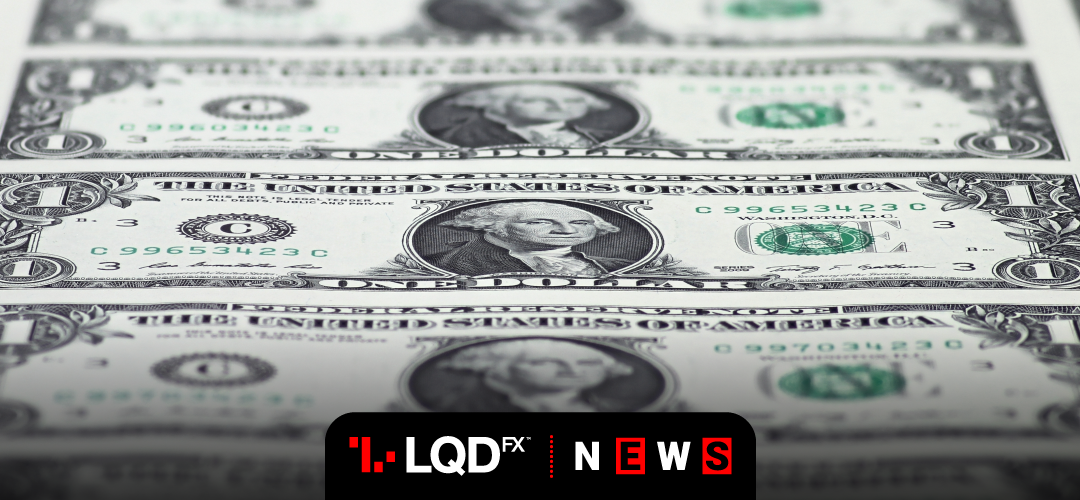Muted Chinese retail sales and industrial output slowed a selldown of the greenback and dollar index heads for its longest weekly losing streak since 2010.
China’s retail sales unexpectedly extended its fall into a seventh month in July. Also, the industrial output missed expectations – suggesting bumps in even the world’s most promising rebound.
Senior officials from the world’s two largest economies will hold a video conference on Saturday. U.S. and China will recommit to their Phase 1 trade deal signed in January. Markets believe the meeting is unlikely to have an auspicious outcome, as huge uncertainties in this relation likely to persist.
China’s promised an additional $77 billion in purchases of U.S. exports are far behind schedule. Chinese trade advisors say the slowing of both economies because of coronavirus-related lockdowns made it difficult to meet purchase targets.
Τhe world’s two largest economies disagree on issues such as trade, technology and the pandemic.
China will be able to maintain steady economic growth this year. However, the tensions between China and the United States will negatively impact the two countries and the world, China’s National Bureau of Statistics spokesman Fu Linghui said.
U.S.-China tension adds to concerns about the future of the economy of Japan which is heavily reliant on exports. Japan’s economy may contract more than previously expected and suffer mild deflation during the current fiscal year. The government will publish April-June GDP data on Monday.
START TRADINGForex – Dollar index heads for the eighth week of losses
Thin August trading kept investors on the sidelines. Preliminary European employment and GDP numbers and U.S. retail sales figures are the next set of data. Investors watch for signs of divergence between the U.S. and European recoveries.
The dollar index remains 0.2% lower for the week. It was headed for its eighth consecutive week of losses, its longest weekly losing streak since June 2010.
The yen was on course for its poorest week against the dollar in two months. The Japanese currency was down about 0.9% at 106.74 from last Friday’s close.
The mood had the dollar within reach of snapping a seven-week losing streak against the risk-sensitive Australian Dollar. The Aussie settled around $0.7149, flat for the week.
The biggest loser this week has been the New Zealand Dollar, which was under pressure at $0.6538. The country deals with a fresh coronavirus outbreak. Moreover, the central bank this week again mentioned the prospect of negative rates.
The euro slid 0.1% to $1.1806 in early London deals on Friday. The single currency was mainly firm on the week even as the dollar has been able to bounce a bit elsewhere. Investors focus on hopes about Europe’s rebound and concerns about the U.S. response as the virus spreads.
The British pound was a shade higher at $1.3072. Investors sought to focus on a rebound in growth in June rather than a stunning 20% quarterly contraction. Sterling was last flat at $1.3067 and at 90.35 pence against the euro.
The British currency has risen nearly 7% in the last three months, getting boosted by dollar weakness. However, investors are generally bearish on the pound for the rest of the year – expecting it to rebound in 2021.
PLEASE NOTE The information above is not investment advice.
Sources: Reuters, Investing, CNN money
